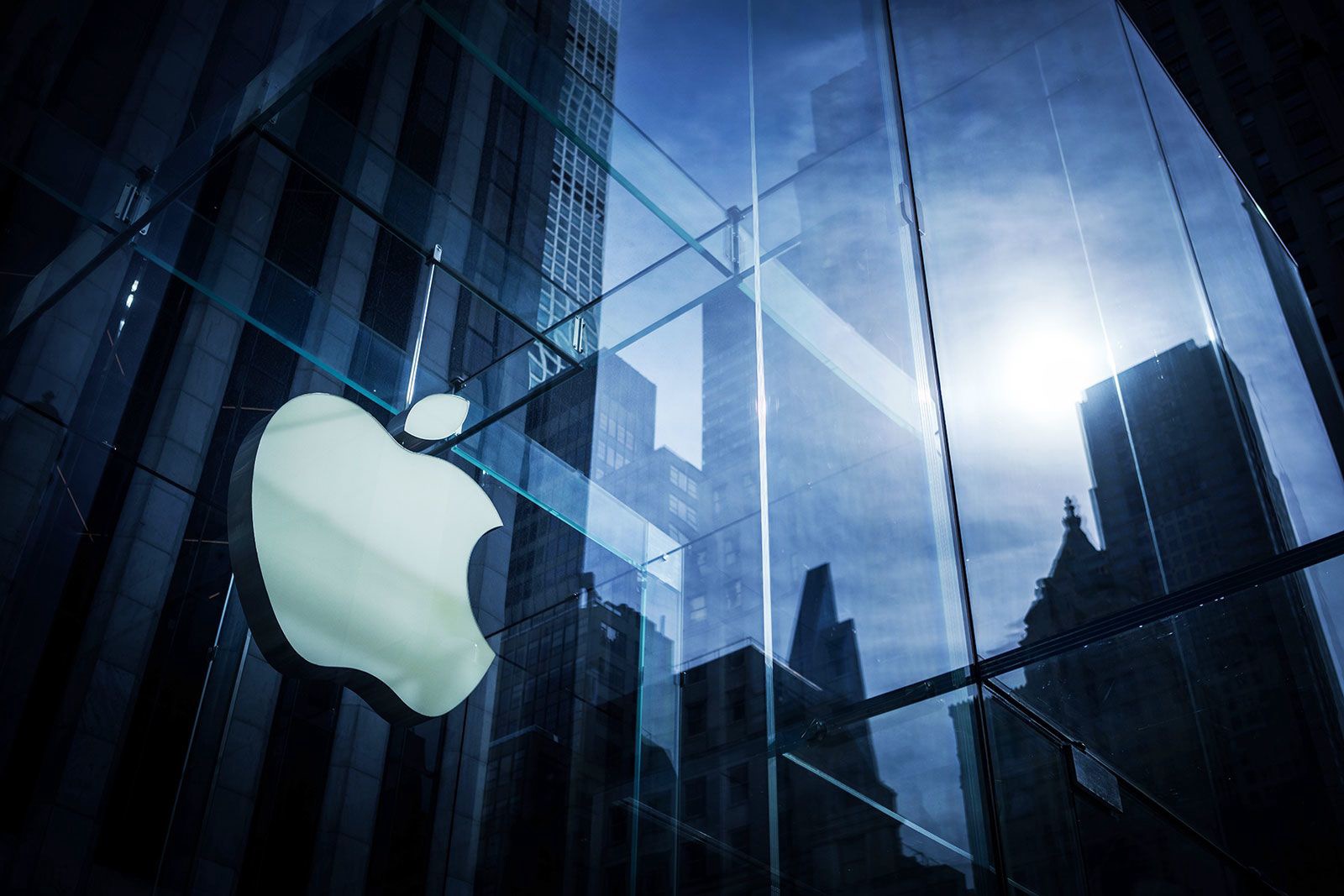In a surprising and controversial move, a leading Bay Area tech titan has announced a fresh round of mass layoffs—mere days after reporting record-breaking revenue and growth for its most recent fiscal quarter. The decision has sent shockwaves through the tech industry, reigniting conversations about corporate priorities, the human cost of automation, and the evolving role of artificial intelligence in the workforce.
The company, widely recognized as a cornerstone of Silicon Valley innovation and infrastructure, revealed plans to cut more than 200 positions across its Bay Area operations, with the majority of the impacted employees based in Milpitas and San Francisco. The layoffs are set to take effect in mid-October and span various departments, including engineering, sales, and administrative support.
What makes this announcement particularly jarring is the financial context in which it was made. Just last week, the company reported $14.7 billion in quarterly revenue—an 8% increase from the same period last year—and a total of $56.7 billion in annual revenue, marking a strong 5% year-over-year growth. Much of this financial success has been attributed to the company’s aggressive investment in artificial intelligence infrastructure, which alone generated $2 billion in revenue—double the internal projections.
Internally, executives maintain that the layoffs are part of a broader “strategic reorganization” aimed at streamlining operations and investing more deeply in emerging technologies. In public statements, the company’s CEO emphasized that while artificial intelligence is not replacing engineers outright, it is enabling the current workforce to be more productive and efficient, potentially reducing the need for new hires in the future.
“We are not eliminating jobs for the sake of cutting costs,” the CEO stated during a recent interview. “Our focus is on ensuring that our teams are positioned to move faster, innovate more, and remain competitive in a rapidly changing industry. AI allows us to achieve that—by enhancing the capabilities of our people, not replacing them.”
Still, for employees and industry observers, the timing of the layoffs raises difficult questions. How can a company justify workforce reductions at a time of financial strength? What message does it send to employees when success is followed not by reinvestment in talent, but by job cuts?
For many, the answer lies in the complex and often contradictory pressures faced by public tech companies. Shareholder expectations, global competition, and the accelerating pace of technological advancement have created an environment where growth and efficiency are paramount—even when that comes at the expense of job security.
While executives argue that the layoffs are a proactive step to remain competitive, critics see a more troubling trend. “This isn’t just about streamlining,” says a former employee affected by a previous round of cuts. “It’s about sending a signal to Wall Street. They’re showing investors that they’re willing to make hard decisions to maintain margins, even when those decisions come at the expense of their own workforce.”
This is not the first time the company has made cuts shortly after a strong earnings report. Just last year, it eliminated over 800 positions following the announcement of a $10.3 billion profit. That decision sparked significant backlash both internally and externally, with some questioning whether tech companies are placing too much emphasis on short-term gains.
The broader industry trend adds fuel to the fire. Across Silicon Valley, companies from startups to established giants are pursuing similar strategies—trimming their workforce even as they post strong profits, with many citing the same rationale: an increased focus on artificial intelligence, automation, and operational efficiency.
In some cases, companies are reducing headcount while simultaneously investing billions into AI research, data centers, and machine learning tools. For them, the future of work lies in software that can outperform, or at least supplement, traditional roles. However, the shift is not without its challenges.
The rapid embrace of AI has raised concerns about the fate of junior-level positions and roles considered “non-essential” in the eyes of automation. While high-level engineers and data scientists remain in demand, roles in customer support, marketing, and internal operations are increasingly vulnerable.
Still, the narrative that AI will fully replace workers is not entirely accurate. Many experts argue that the real impact of AI is in reshaping how jobs are performed, rather than eliminating them outright. Tools like AI-assisted coding, automated testing, and generative design are allowing teams to do more with less—but not necessarily without people.
The layoffs also reignite a deeper cultural debate in the tech world: the ethics of growth. As companies scale up AI infrastructure, automate functions, and chase new markets, what responsibilities do they have to their existing workforce? Is it fair—or even sustainable—to pursue innovation while reducing headcount?
For now, the affected employees face an uncertain future. Severance packages are expected, but details remain unclear. Many have already begun searching for new roles, though the Bay Area job market remains highly competitive, particularly for mid-level tech workers displaced by structural changes.
Meanwhile, industry analysts are watching closely to see whether this latest round of layoffs signals a deeper shift in how tech companies manage human capital in the AI era. Is this the new normal—a world where success is measured not by headcount, but by how efficiently a smaller team can produce greater output?
Only time will tell. But for those affected, the message is already clear: in the race for innovation, not everyone gets to come along.












